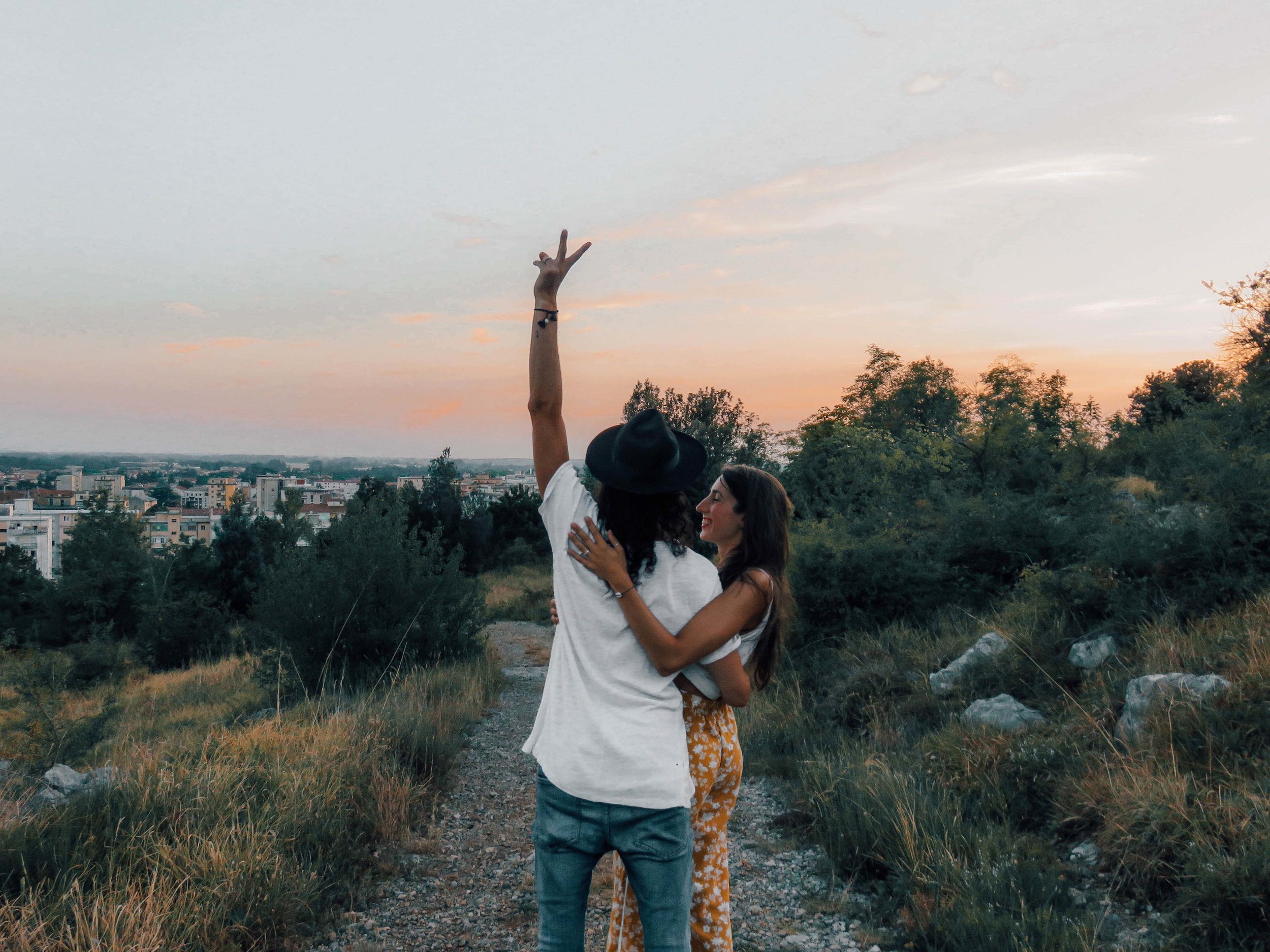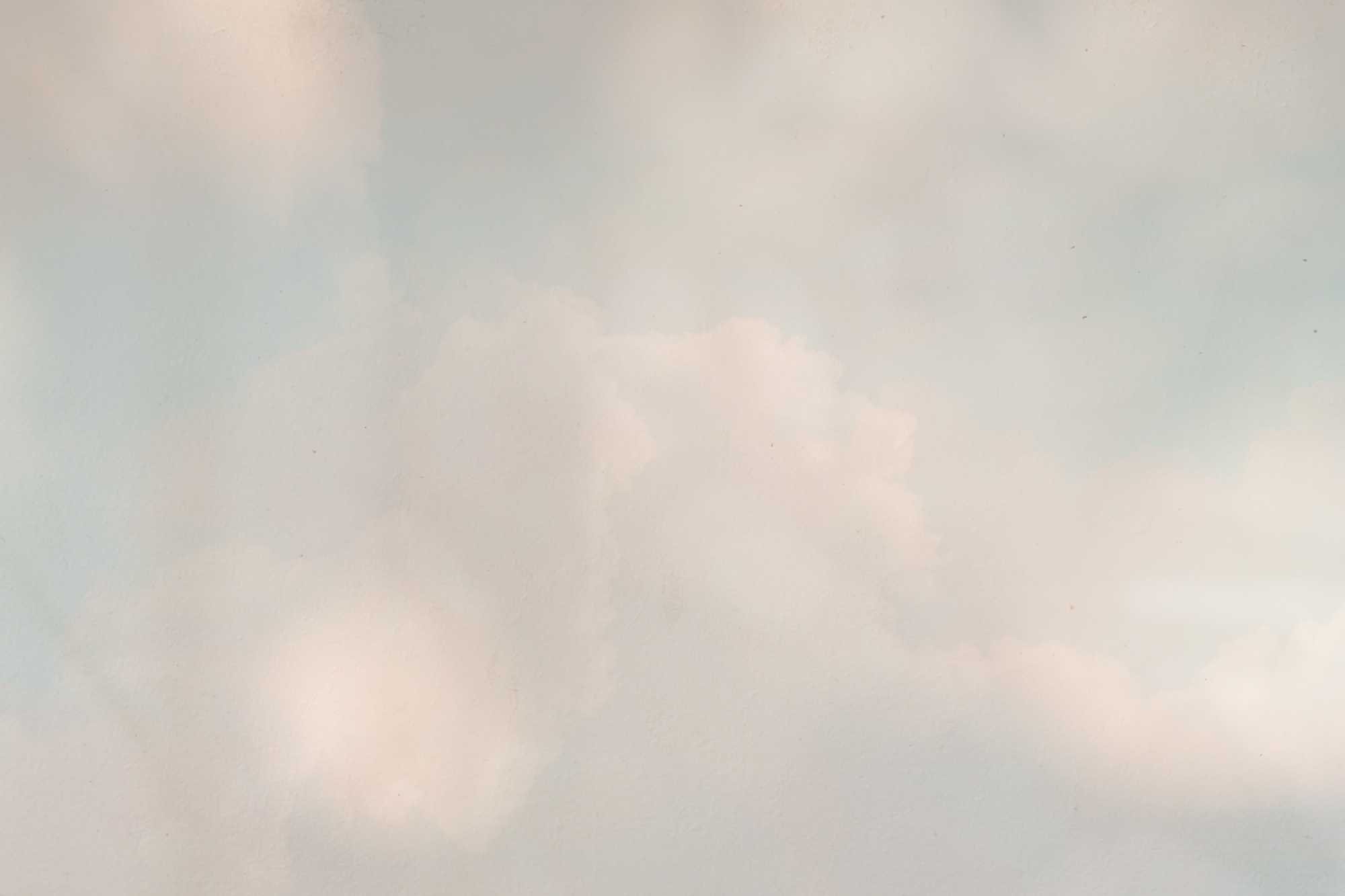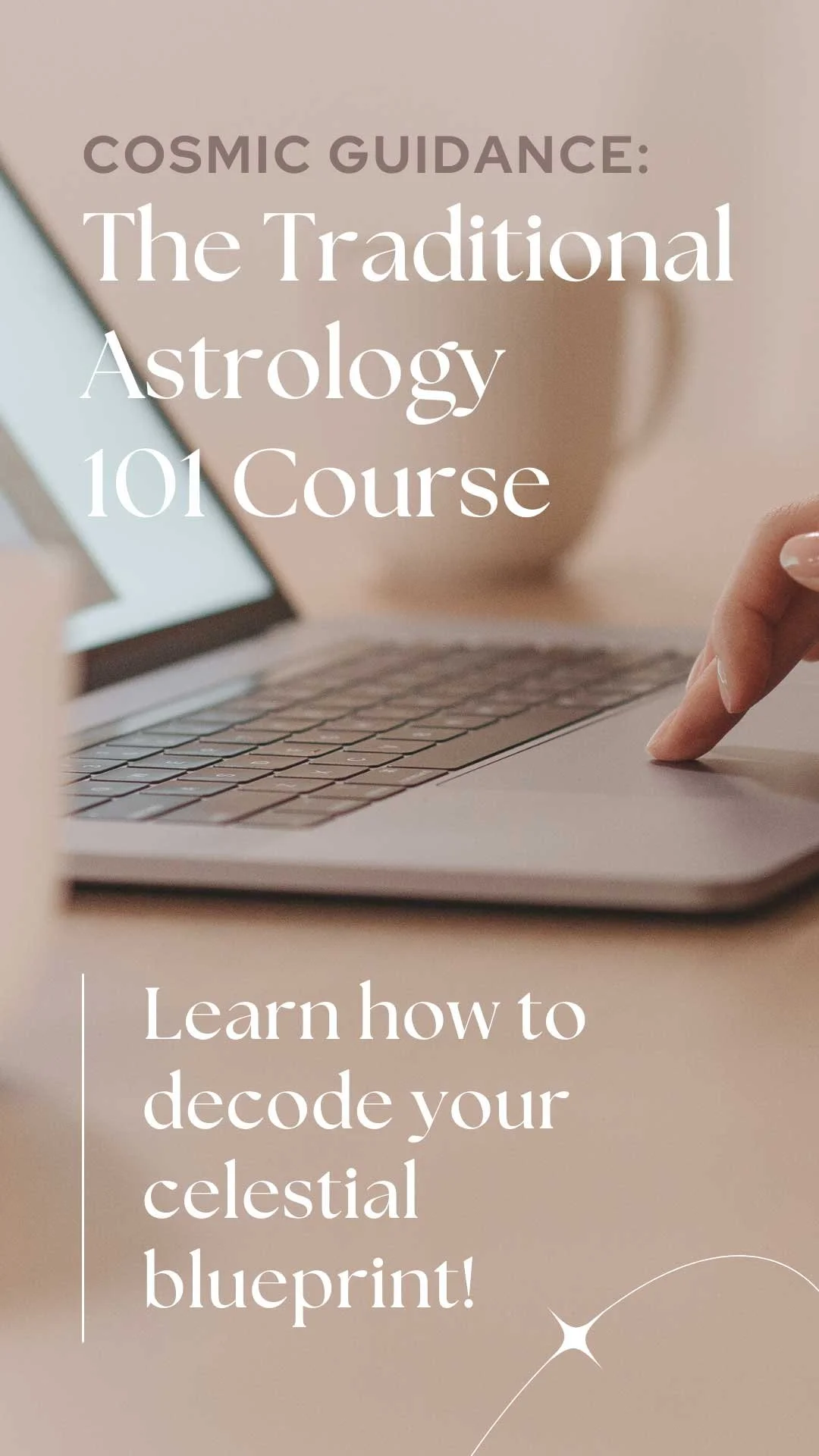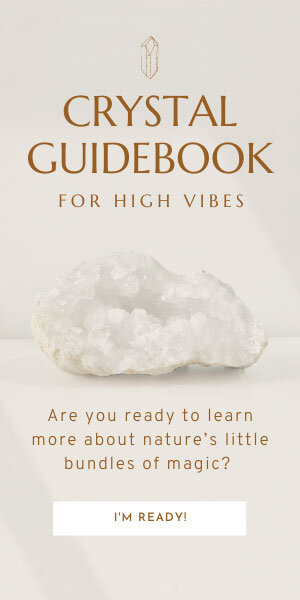An Easy Guide On How To Mindfully Meditate
Please note this post may contain affiliate links. If you choose to purchase through these links, we may receive a small commission at no extra cost to you. By using these links you are directly supporting Two Wander to continue providing content to stoke your curiosity for conscious wandering + holistic well-being. Thank you!
Why Is Mindfulness Meditation Useful?
I first started to meditate about 10 years ago when I was going through a rough patch and haven’t looked back since! Even though I had been curious about it for many years, I used to think that I didn’t need to meditate because I’m generally “pretty calm”. Oh, how wrong I was!
Meditation is about so much more than dealing with stress and calming down (although that is a wonderful benefit), particularly mindfulness meditation helps you to be present and aware in the moment and see things in the perspective of “the bigger picture”.
Now, I absolutely love my daily morning meditation (even though I fit it in whenever I can if mornings aren’t possible), and even 30 seconds at a time throughout the day is a useful way to bring a bit of balance to your life.
At the time when I first discovered meditation, I had just quit a toxic job and was disheartened with the job hunting process and had SERIOUS wanderlust. I came across the best way to meditate for me through the app Headspace after a lot of trial and error with different types of meditation and programs.
This app walks you through the different stages of mindful meditation working up from ten minutes to twenty, guided by a former Buddhist monk (although the practice of meditation is said to originally come from India in 5000BC). After doing the three foundation packs you can then unlock a myriad of targeted packs aimed at everything from Sadness to Focus to Kindness to Mindful Eating.
Now, I’ve settled on my own version of 40 minutes a day, preferably first thing in the morning after I’ve done my 40-minute yoga routine. Then, when I remember, I focus on my breath a couple of times throughout the day and before I fall asleep at night I do a mini-meditation, which knocks me out like a LIGHT. You can read more about my ultimate nighttime routine here. This may seem like a long time but remember that I started out with a 10-minute a day guided meditation practice for years- even five minutes has shown to have positive benefits in stress reduction!
In this post, I’m going to show you how to do the basic steps of getting started with practicing mindfulness meditation, along with some specific techniques and my personal favourite daily meditation routine as well.
Contents
A brief summary on how to mindfully meditate:
Become aware of surrounding sensations - sounds (near + far), temperature, smells, tastes, contact/pressure points with your skin
Become aware of how the body is feeling - do a body scan and notice any emotions. Set an intention for the practice
Focus on your breath - count it if you want. Bring the attention back to it when the mind wanders
Let your mind go
Bring your attention back to the sensations around you
Notice how your body is feeling, appreciate having paused, set your intention to carry this presence with you, and be clear in your mind what you’re going to do next
Read on below for more details and my own personal practice with added techniques.
Basic Mindfulness Meditation Steps
Find a comfortable, quiet place where you won’t be disturbed. I lie down straight after my yoga in Shavasana on an acupressure mat but Sam likes to sit cross-legged on the floor.
Let your eyes softly focus in front of you and take a few deep breaths– in through the nose and out through the mouth.
After about 5 breaths, or whenever you’re ready, gently close your eyes, let your breathing return to normal, and immediately feel the weight of your body pushing down on the floor or chair beneath you. Bring your attention to those other points of contact such as your hands on your lap and feet on the floor.
Start to become more aware of the sounds (both near and far) and sensations around you (such as any smells, taste, temperature). Notice how your body is feeling today- is it light or heavy, still or restless?
Then, bring your attention to the top of your head and begin to perform a full body scan, gently going down through the body noticing whether any parts (big and small) feel comfortable or uncomfortable. Not judging, just noticing.
As you scan down, see if you can notice any emotions present today, not dwelling on anything. After you reach your toes, set an intention for why you’re doing this practice. For example, you might be meditating to try and bring some patience and awareness to your daily life, which in turn would make you more present with your family/friends, bringing a sense of happiness to them too.
Gently bring your attention to your breath. Notice where in your body you feel it most (shoulders, chest, belly). Then begin to take note of it in more detail- are the breaths long or short, short or shallow? Notice how each breath is different from the last.
You can start to count your breath if you like. One on the inhale, two on the exhale, up to a count of ten and then start back at one again. If not, simply continue to focus on each in-breath and out-breath.
When your mind begins to wander, which it invariably always will at some point no matter how experienced you become (the brain’s job is to think after all), let go of the thought and gently bring your attention back to the breath.
When you feel ready you can let your mind be free for a few moments. So if it’s been wanting to think, now you can let it think.
Then, bring your attention back to your body and the space around you. Taking note of any sounds, smells and the contact of those pressure points again.
Gently open your eyes and notice how the body feels now, appreciating having taken this moment to pause. Set your intention to carry this awareness with you throughout the day and be clear in your mind about what it is you’re going to do next before moving on with your day.
For more guidance, get our Daily Alignment Meditations! ✨
And that’s it! You can chop and change this routine however you like to suit your needs, there’s plenty of techniques out there. Even just bringing your attention to your breath a few times a day can do wonders. The more regularly you can take this moment out for yourself to be truly present and practice mindfulness, the more you’ll see the benefits. You can read more about a mindfulness meditation based stress reduction practice here.
Added Techniques
To add some oomph to your routine, there are a couple of visualisation and noting techniques you can use in your meditation practice too. They can also simply be used on their own throughout the day for a quick mindful moment.
Visualise that liquid sunlight is streaming in through the top of your head and filling your body up like a vase, starting at your toes. As it fills up through your body it brings with it a quality of warmth, light, brightness and spaciousness. Once it reaches the top of your head imagine that you can still feel it flowing through you before letting your mind be free to enjoy the sensation. If you want to add this step into your practice, it generally comes after you’ve focused on your breath for a while.
Visualise that there’s a small speck of light in the centre your body. As you notice it, it slowly starts to expand in all directions, filling your body with that sense of warmth, light, brightness and spaciousness. Once it has filled the entire body it begins to expand outside of yourself, filling the space and touching those around you as far as you can imagine. From your immediate surroundings to your town, country and eventually the whole world. Again, if introduced into the meditation practice this would generally come after having focussed on the breath for a while.
When your mind wanders away from the breath, gently take note of the distraction, whether it was thinking or feeling, and whether it was positive, negative or neutral. Then bring your attention back to the breath and continue where you left off. Again, this can be used as a concentration technique throughout the day.
My Personal Meditation Routine
I do all of the above steps, and a couple of extra touches I like to add into my main morning meditation below:
Essential oils. I LOVE diffusing essential oils (I use them in my homemade beauty products too). Every morning after I wake up, I diffuse an energising blend of Tea Tree, Rosemary and Peppermint. It really helps give me a zesty boost!
Singing bowl. Sam gave me this for my birthday and I’ve really enjoyed using it before and after meditation to help cleanse the space and set the “tone”. The sound of bells can also help reset the energy of the room and I frequently use these too.
Rose quartz. I love holding a crystal while I meditate to help raise my vibrations a little bit. Usually, I use a huge chunk of rose quartz that Sam gave me as a wedding gift.
Acupressure (shakti) mat. This is THE BEST thing ever. When I get up after lying on this mat, I feel as if I’ve woken up from the world’s best nap. My relaxation is just next-level and I highly recommend if you add anything to your routine- add this! You can find the one I use here.
Affirmations. I like finishing my meditation with a visualisation/affirmation combo. I imagine a version of the “blue sky” animation that’s used in Headspace where the sky represents your mind and the clouds represent your thoughts and you watch them as they disperse.
Then, the words “as above, so below” popped into my head one day so I started accompanying them with the sunlight visualisation above, and followed it with an image of me diving under the sea and then just floating (this is my happy place). One day I added the rest of the quote “so within, so without” to accompany it with the speck of light visualisation.
I say another affirmation in the morning, usually when I’m still in Shavasana pose after my yoga. It goes a little something like this:
“Hello world, it’s great to be alive today!
Thank you Universe for all that you’ve given me- my health, family, friends and Sam.
I’m ready to accept anything that comes my way today with ease, grace and strength because I am calm, collected and balanced.
I let go of anything that doesn’t serve me such as any negativity, impatience, fear, judgement or worry so that I can be free, light, happy, positive and energised.”
So that’s my easy guide on how to mindfully meditate! Of course, there’s a lot more to this ancient practice and it takes years to master (if ever!) but that’s the beauty of meditation- it totally is all about the journey. Small steps make a big difference.
There’s also plenty of other different ways to have a mindfulness practice. If sitting still isn’t your thing, journaling can also be very therapeutic. I write a gratitude and flow journal about once a week and it’s also made a huge difference to my wellbeing.
If you’re interested, you can read more about How I Created The Perfect Morning Routine here!
Or, if you’re interested in other stress management techniques, check out my post on Free-Flow and Gratitude Journalling For Processing Emotions.
If you’re thinking about trying a mindfulness meditation practice I truly hope it can help bring a little bit of extra peace, lightness and happiness into your life. Let us know how you get on in the comments below! Or if you meditate already, what are some other tips you have?






















